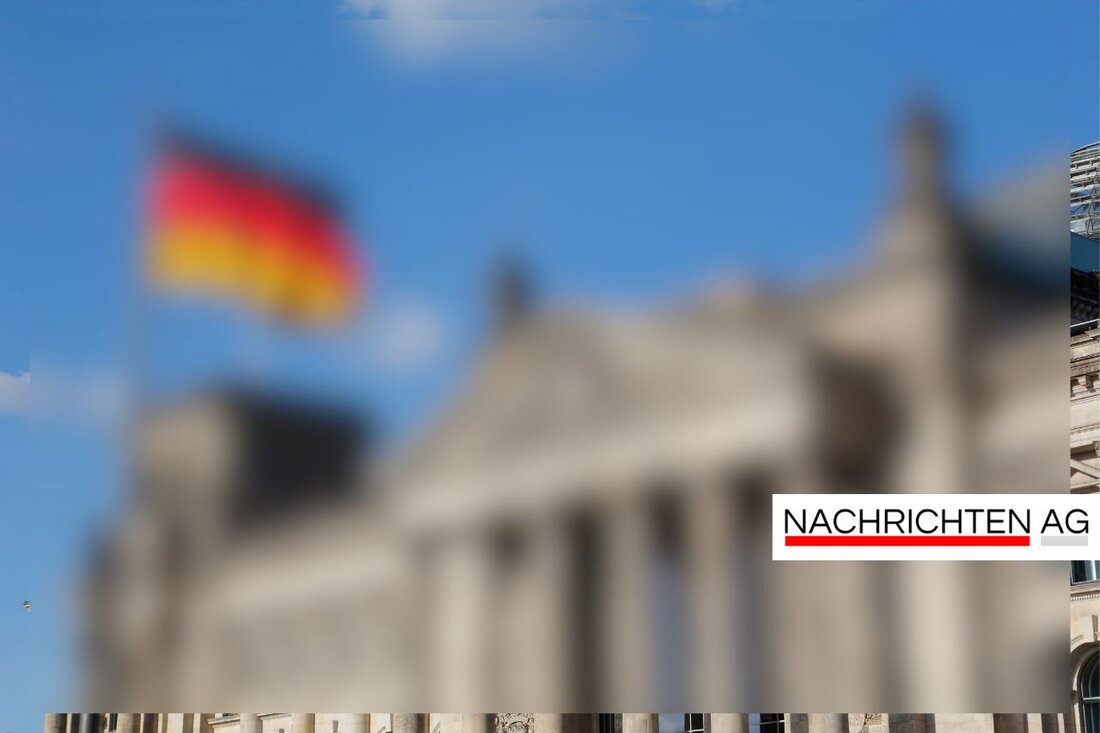Frank Richter shows the positive oases of the East in new readings!
Frank Richter will read from “Oases in the East” on October 10, 2025 at Gut Gödelitz and shed light on the cultural diversity of East Germany.

Frank Richter shows the positive oases of the East in new readings!
During an exciting evening at Gut Gödelitz, Frank Richter read from his new book “Oases in the East”. The civil rights activist and former state representative for the Stasi records would like to use his publication to show a positive view of the cultural diversity of eastern Germany. At a time when structural injustices and social problems are often discussed, such as in Dirk Oschmann's work "The East - an Invention of the West", Richter relies on a different perspective. Loud Sächsische.de He emphasizes that there are more than just deficits to be discovered in East Germany and criticizes the one-sided focus of the discussion too often on the problems of the region.
Richter's book presents 23 special places and projects in eastern Germany that radiate hope and cultural power. Over 50 authors are involved, including well-known names such as Christoph Hein and Hans-Eckardt Wenzel, who report on remarkable ideas and initiatives in their contributions. The geographical range extends from Kamp in Western Pomerania to Falkenstein in Vogtland. This diversity is evidence of the potential of the region and the people who live there. This describes it Beck-Shop.de that Richter has managed to create a work that not only entertains, but also stimulates thought - without drifting into politics.
Places of hope in the East
The themes of the book are characterized by new beginnings, cosmopolitanism and humanity. There are places that offer encounters and opportunities for community work. For example, readers will find stories about the Room of Silence in Berlin, the Theaterkahn in Dresden or Altranstädt Palace. These stories are examples of how cultural life in the East is diverse and vibrant. Richter himself emphasizes that “Oases in the East” tells about the grassroots of democracy and thus conveys a feeling of hope.
In the context of the current political discussions about living conditions in the region, it is clear that many young people who grew up exclusively in unified Germany are still confronted with the effects of East and West. The Eastern Commissioner Elisabeth Kaiser highlights in her report “35 Years: Growing Up in Unity?” emphasizes that these differences are still significant and that it is important to strengthen civic and voluntary commitment. This promotes cohesion in society and ensures that positive developments can also take place in the future, as in federalgovernment.de is to be read.
Richter's commitment therefore goes beyond the boundaries of his book. He wants to set an example for an open, people-friendly coexistence that gives space to strong ideas and projects in eastern Germany. At a time when many young people are looking for perspectives, it is more important than ever to pay attention to positive cultural diversity and make it visible.

 Suche
Suche